The Taipei Times reported today that Taiwanese film director Wei Te-sheng (魏德勝) is currently attempting to make a film about the famous Wushe Incident of 1930, in which the aboriginal people of Wushe village rose up in armed rebellion against the Japanese occupiers, killing well over 100 Japanese (and injuring many more) before themselves being slaughtered in retaliation. What I found particularly interesting about the article, aside from the fact that I would very much like to see the film if it is ever made, is that the inhabitants of Wushe are described throughout as “Seediq“.
The Sedeq are an Aboriginal tribe that live mostly in Nantou and Hualien counties.
The film title, Seediq Bale, means “the real person” in their language.
The movie Seediq Bale tells the story of Sedeq warrior Mona Rudao who led a large-scale uprising against the Japanese in present-day Wushe (霧社) in Nantou County.
On the morning of Oct. 27, 1930, Mona led a group of more than 300 Sedeq and launched a surprise attack as the Japanese gathered to participate in a local sports event, killing 125 and wounding 215.
The Sedeq then cut the telephone lines and occupied Wushe for three days, before retreating to their strongholds deep in the mountains.
The Japanese colonial government cracked down on the Sedeq, using more than 2,000 military and police officers, and even used poisonous gas banned by international law.
After being under siege for months, Mona, along with about 300 other Sedeq warriors, killed himself.
The Seediq are one of the smallest, if not the smallest, officially recognized distinct tribe of aboriginal peoples in Taiwan, and before receiving government recognition in April of this year had been considered to be a sub-grouping of the much larger Atayal tribe. During my trip to Taiwan last month, I spent about a week traveling with a classmate at Kyoto University named Yayuc Panay, a member of the Seediq tribe who was back in Taiwan visiting family and doing some field research for a paper she is writing. In between visiting two different aboriginal villages, we actually stopped briefly in Wushe for her to transfer her legal residence (戶口) from her hometown of Puli, where her family no longer lives, to her sister’s house in another part of Nantou County. While she was in the office, I wandered around the tiny area comprising Wushe’s “downtown” and took some photos.
Despite being known almost exclusively for the Seediq uprising of 1930, Wushe is today a small village primarily inhabited by Taiwanese of Han Chinese origin, who settled there due to its convenient location as a trading post for the various agricultural goods produced in the mountains. As you can see in the photos, it looks very much like the main street of other rural Taiwanese communities.

- The main street looks like any modern, but rural, village in Taiwan. You can even see a 7/11 on the right side a bit down the road.
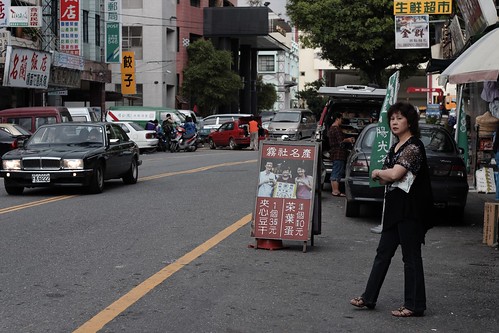
- The sign advertises Wushe’s famous “tea leaf eggs” for $10NT apiece, or around 3 per USD.
- This somewhat dilapidated house on a side street looks like it probably dates from the Japanese period.
- And this dreary concrete apartment building looks like it dates from the KMT dictatorship era.
- A row of old, but patched up houses. Satellite dishes are particularly common up in the mountains, since no other source of television signal is very practical.
- Looking behind this row of mundane shops you can get a sense of the surrounding landscape.

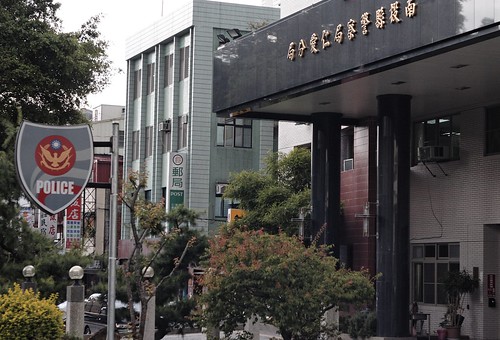

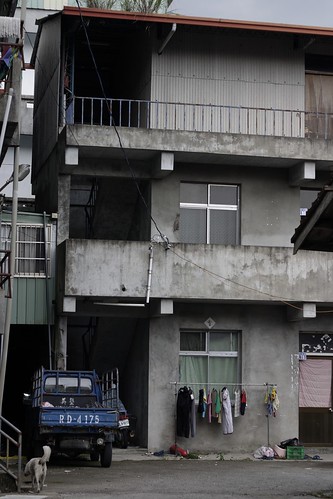


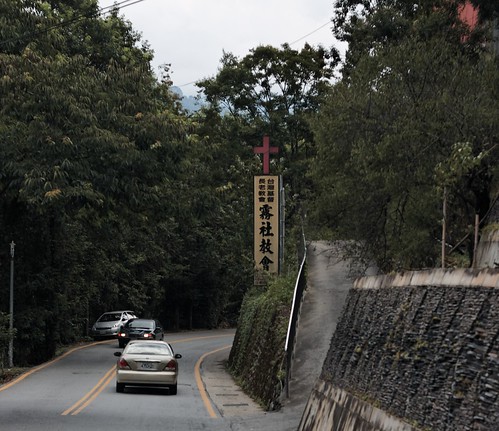
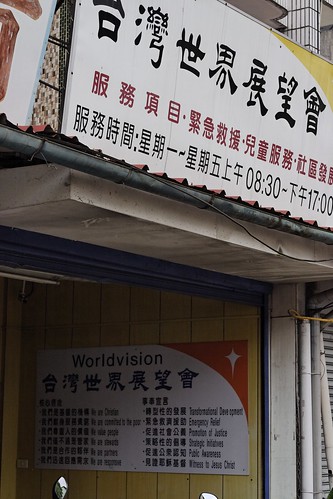
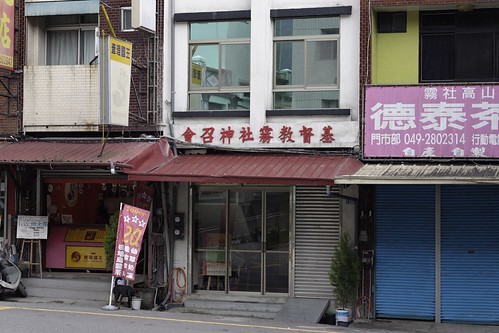
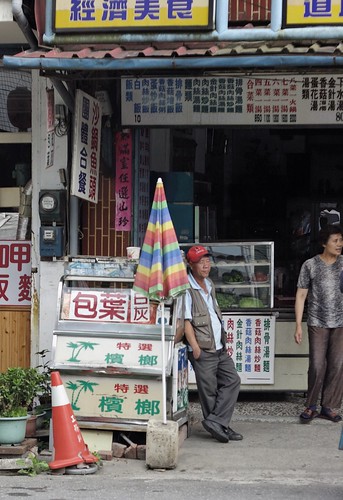
Man, I really envy you guys. The streets are so CLEAN. Proves that the locals really love their town. Unlike where I’m puttin’ up… Great article ’bout the tribes peoples’ efforts against the Japs during the Last War.
So what war was going on in 1930?
That was native “uprising”,not exactly a war.
To M – Bone : oops! Thanks for pointin’ out my flaw, not in the best of health at the moment.
Isn’t it terribly imperialist and colonialist and racist of us to determine who is fighting a war and who is merely ‘uprising’….? ^_^
Interesting point, but I would say the main reason to call it an ‘uprising’ instead of a ‘war’ or even ‘rebellion’ is the fact that it was a relatively isolated incident. It certainly wasn’t the only uprising against Japanese rule, but it was past the period when there was an active and ongoing campaign of resistance.
My smilely-face got eaten in transit, leaving only the _ for some reason. I wasn’t entirely serious here – while it is a valid point on its own, I wasn’t intending to imply that it could really be legitimately used here. It is, however, something we encounter in areas that offered a lot more resistance to colonial rule (by anyone) – for example, the Koreans under Japan: some of them will claim they were at war with Japan.
What a difference a smilely-face makes!
Your first 2 pics have been links to the article 南投廳霧社支廳 , about the former Japaness government office in Wushe/Palan. You can see the defferent btw Then and Now.
http://www.5819375.idv.tw/phpbb3/viewtopic.php?f=5&t=16496&p=121511